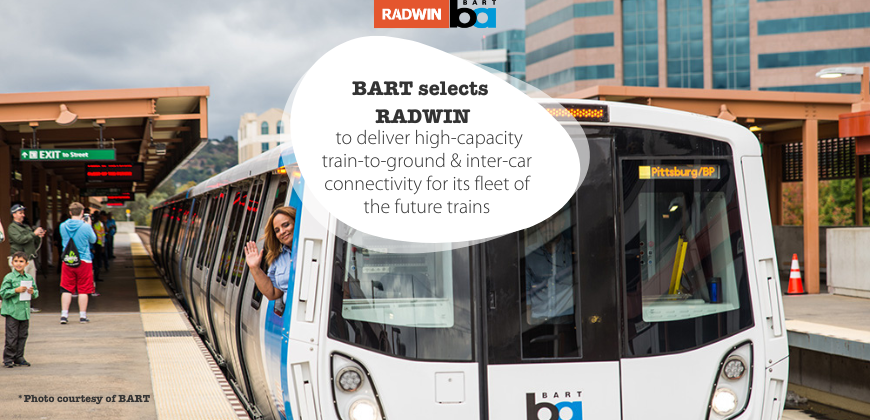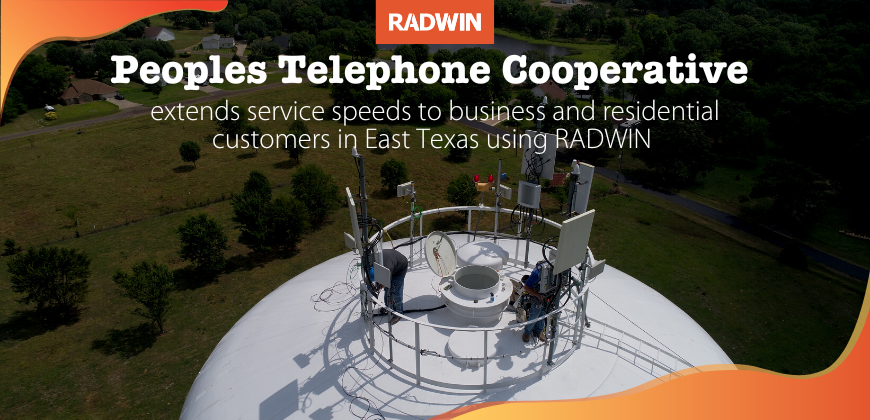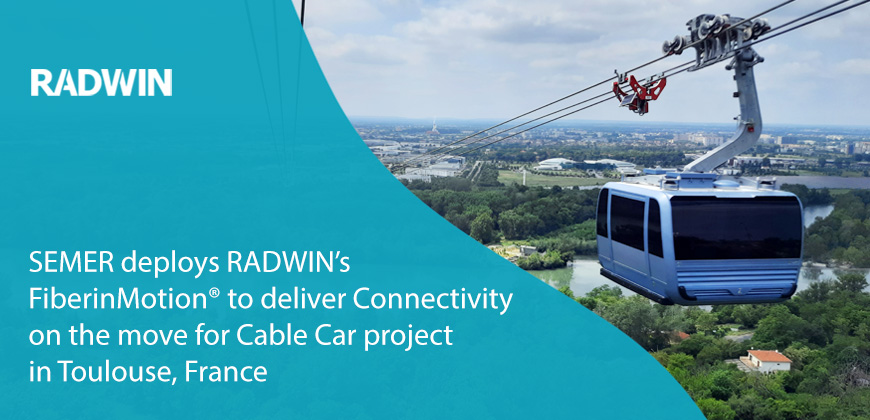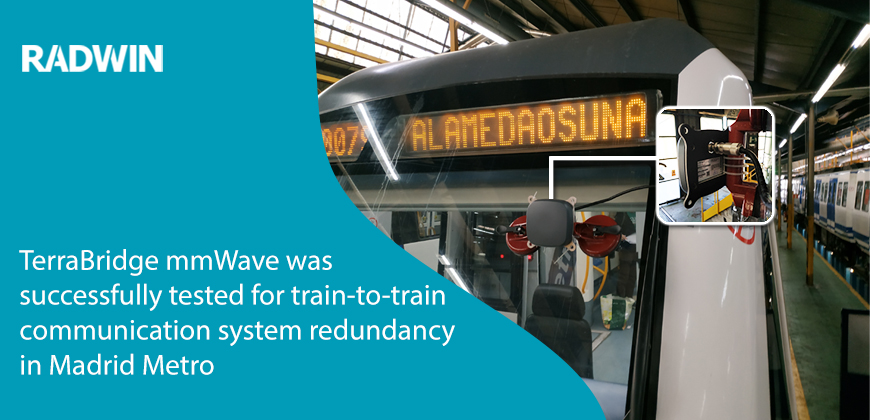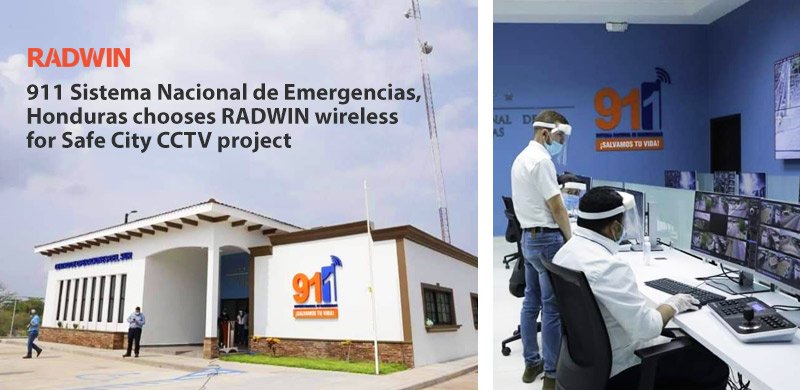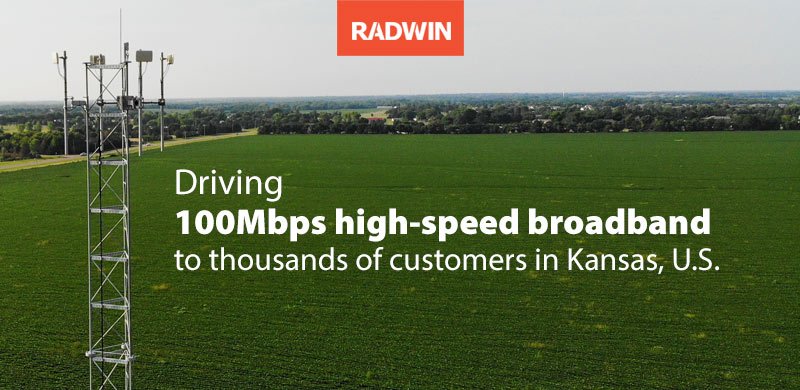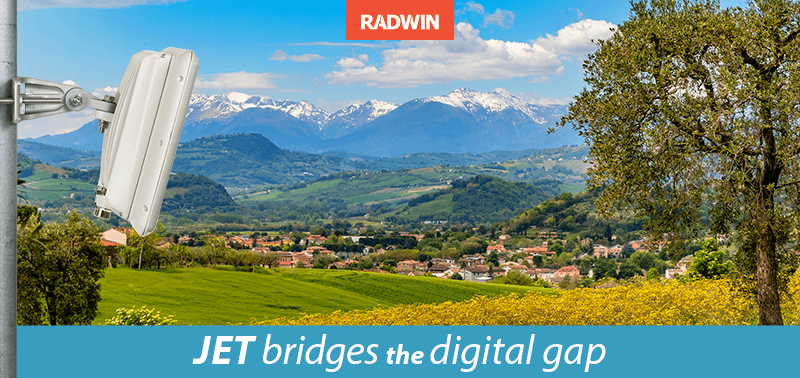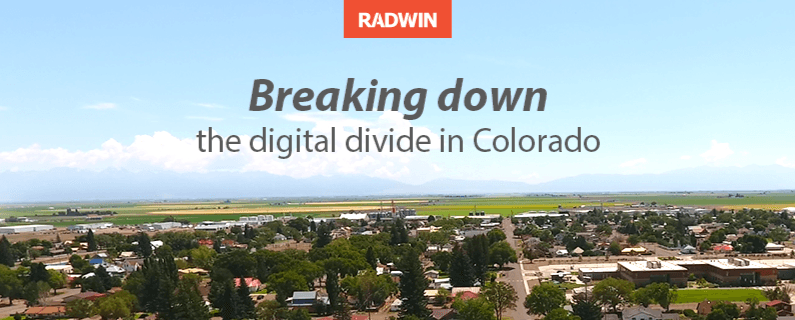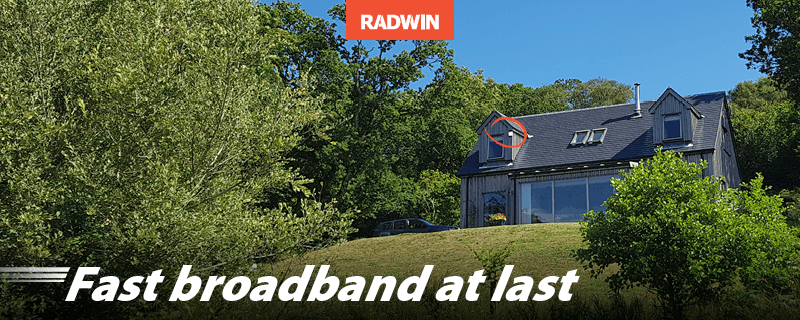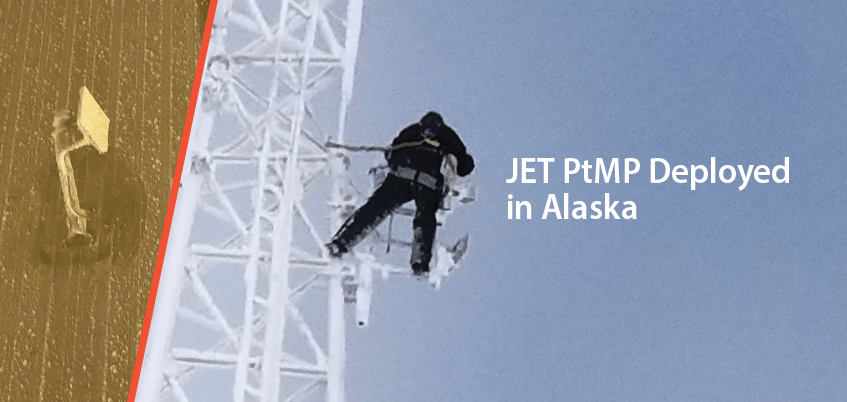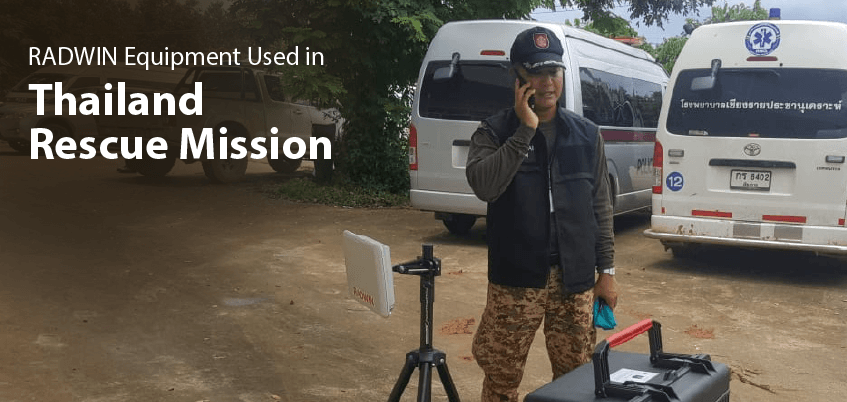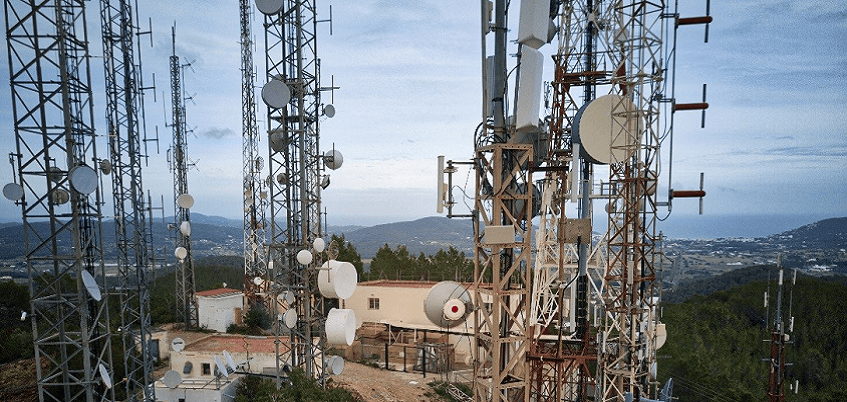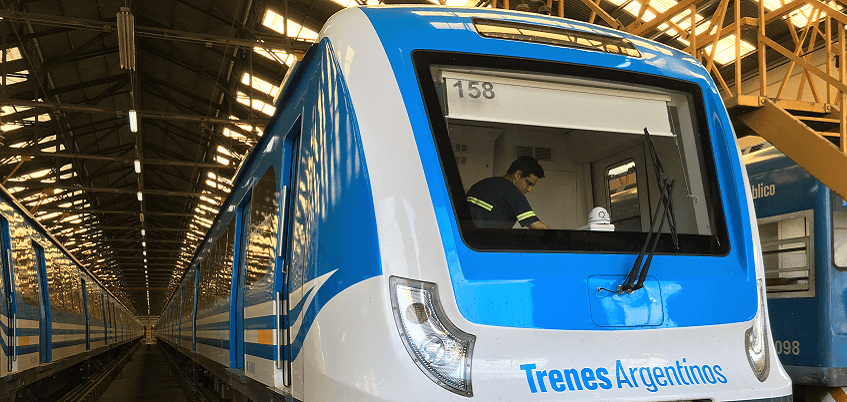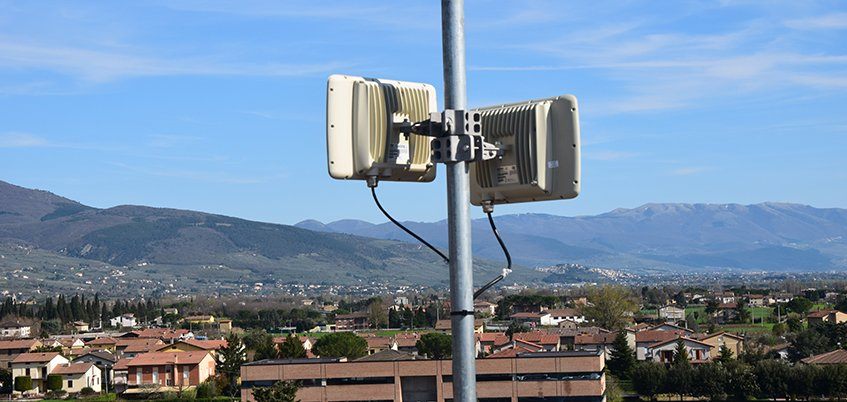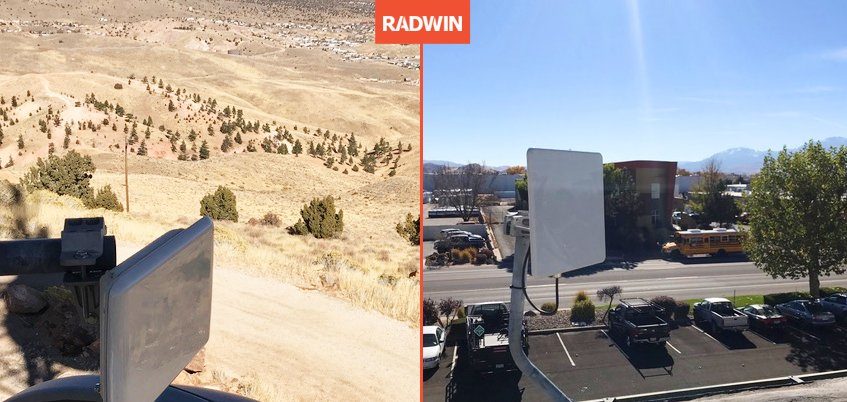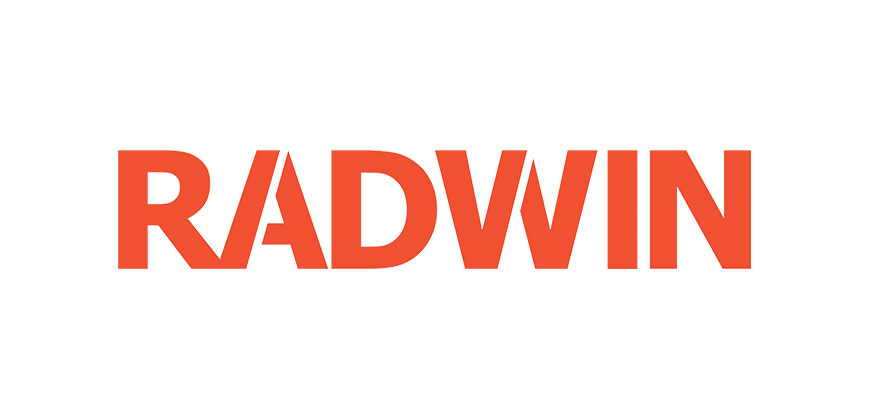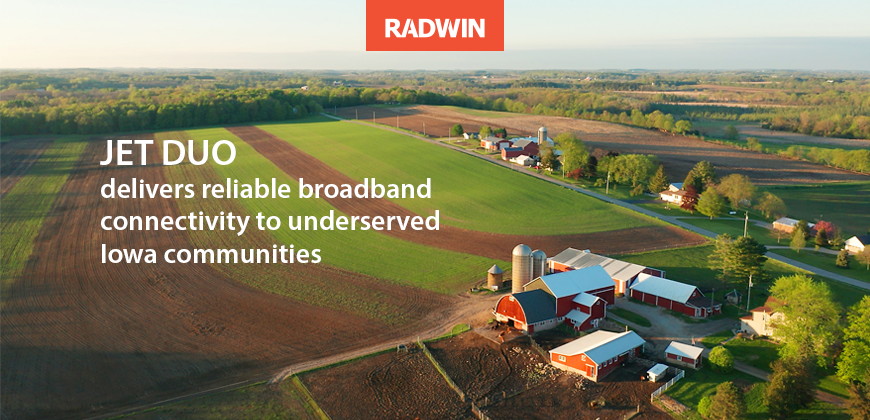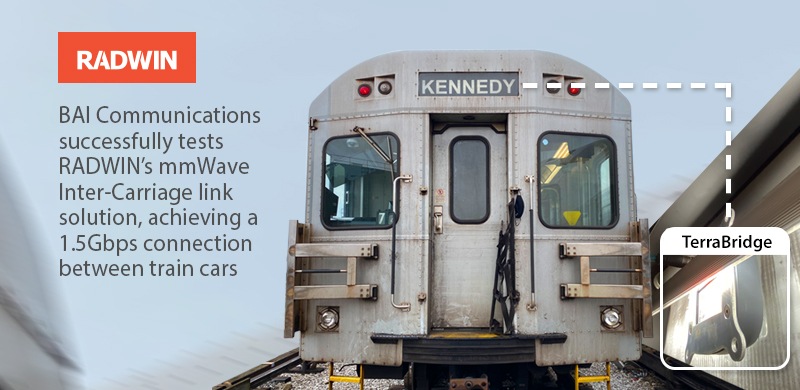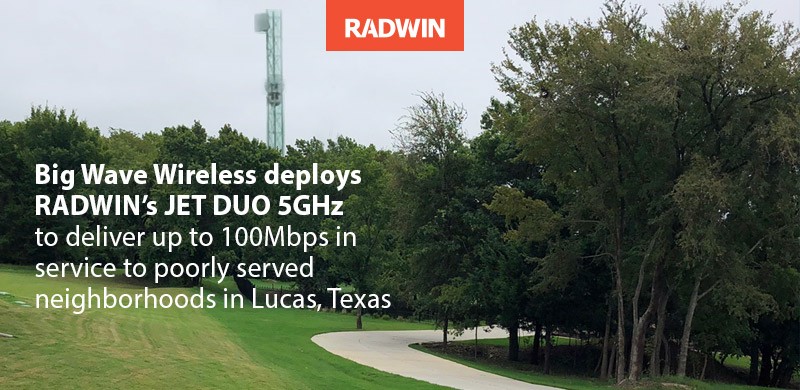JET DUO dual-band 3.x GHz & 5.x GHz radio allows Paratus to deliver unparalleled high-speed connectivity and reduce tower rental costs.
March 27, 2019
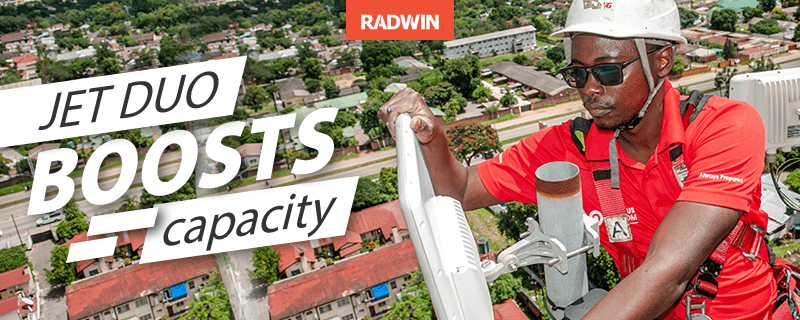
“It made sense to migrate WiMAX customers to JET DUO to boost network capacity and coverage”
– Marius van Vuuren, Paratus
Tel Aviv, Israel, March 27, RADWIN (radwindev2019.wpengine.com), the global wireless broadband provider, today announced that the Paratus Group, a pan-African Telecom operator, deployed the revolutionary JET DUO PtMP dual-band solution in Zambia to boost wireless connectivity for SMEs and large corporations.
JET DUO incorporates 3GHz and 5GHz radios in a single unit, delivering unparalleled capacity of up to 1.5Gbps. A long-standing RADWIN customer, Paratus has connected over 800 business customers using RADWIN’s solutions. Carmel Telecom CY, RADWIN’s certified partner, was in charge of project design and delivery through its local Zambian distributor Beacon Telecom.
Paratus Country Manager Marius van Vuuren commented: “Over time, our legacy 3.xGHz WiMAX network became heavily congested. Having used RADWIN JET and knowing the benefits, it made business sense to migrate WiMAX customers to JET DUO dual-band radio, so we could boost our network capacity and coverage.”
Van Vuuren says switching over to JET DUO allows Paratus to realise significant benefits. “We can now support different customer types, from SMEs to large corporations, on the same sector using a single base station unit, so we can grow our business without having to double up on hardware and power costs.”
“We serve SME customers on the 5.xGHz and use the 3.xGHz band to provide SLA services to large corporates. Tower rentals have become more affordable since we mount only one base station. By moving everything to RADWIN JET, we now have one management platform for all base stations and subscriber units deployed across Zambia, ensuring better management, monitoring and support for our customers,” he explained.
Beacon Telecom CTO Helit Bauberg added: “We have been working closely with Paratus Zambia for the past 9 years and recommended JET DUO for this deployment from the get-go, knowing it will give Paratus the most flexible, cost effective solution they need to optimise their services and operations. With the JET DUO they are able to serve different customers whilst best leveraging the use of licensed and license-free bands.”
Peter Turvey, GM Middle East, South & East Africa, RADWIN: “We’re excited to work with Beacon Telecom to serve a forward-thinking operator such as Paratus and scale with them over the years as their network needs evolve. We’re continuously injecting innovation into our product portfolio, and JET DUO addresses service providers’ challenges and their need to boost capacity while reducing CAPEX and OPEX.”
About RADWIN
RADWIN is a leading provider of Point-to-Multipoint and Point-to-Point broadband wireless solutions. Incorporating the most advanced technologies such as a Beam-forming antenna and an innovative Air Interface, RADWIN’s systems deliver optimal performance in the toughest conditions including high interference and obstructed line-of-sight. Deployed in over 170 countries, RADWIN’s solutions power applications including backhaul, broadband access, private network connectivity, video surveillance transmission as well as delivering broadband on the move for trains, vehicles and vessels.
RADWIN Sales
HQ: +972-3-769-2820
Email: sales@radwin.com
Media Contact
Tammy Levy
Tel: +972-3-766-2916
Email: pr@radwin.com
About Paratus Group
Paratus in Zambia, is part of the Paratus Group, one of the largest 100% privately owned Telecommunications Operators in Africa with its head office in Windhoek, Namibia. Paratus in Zambia was founded as Internet Technologies Zambia in 2010.
Since inception, Paratus has established a network extending to major industrial and commercial centres throughout Zambia, with additional international points-of-presence located in Johannesburg and Cape Town (South Africa), Gaborone (Botswana), Windhoek (Namibia), Luanda (Angola), Kinshasa and Lubumbashi (DRC), Lisbon (Portugal) as well as London (UK).
Paratus Zambia was issued with a Service Provider Licence by the Zambia Information and Communications Technology Authority (ZICTA) in 2011. Paratus provides exceptional communication service to the corporate sector of the Zambian market.
Contact
Tel: +260 211 262 698
Email: info.zm@paratus.africa
About Beacon Telecom
Beacon Telecom was founded in Zambia in 2009. Today, the company is a leading provider of Telecommunication and ICT products and services. Beacon Telecom is Carmel Telecom CY Zambian local distributor for its products. The company focus is to provide wireless, networking, and integrated IP solutions (supply, turnkey or consultancy) to the Telcos, ISPs, Mining and Petroleum industry as well as other Enterprises in need of multisite IP connectivity.
www.beacon-telecom.com
Contact
info@beacon-telecom.com
 Back
Back



